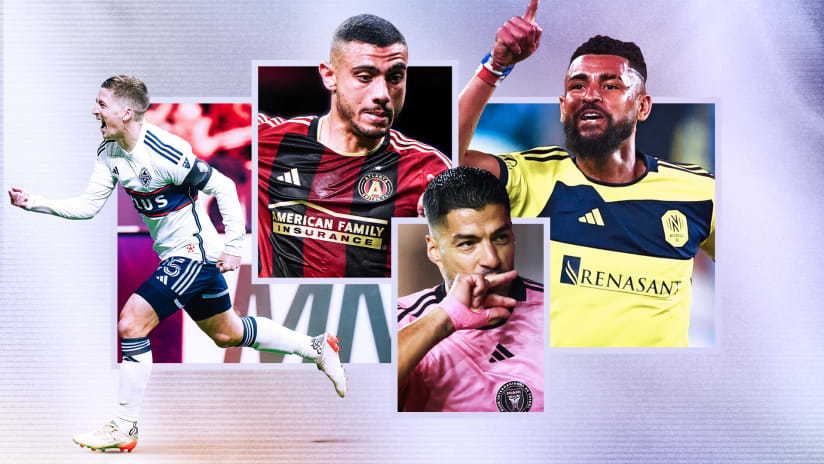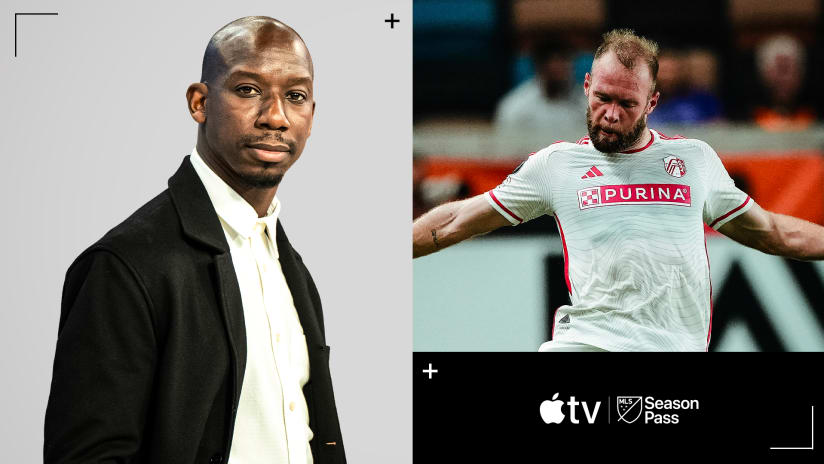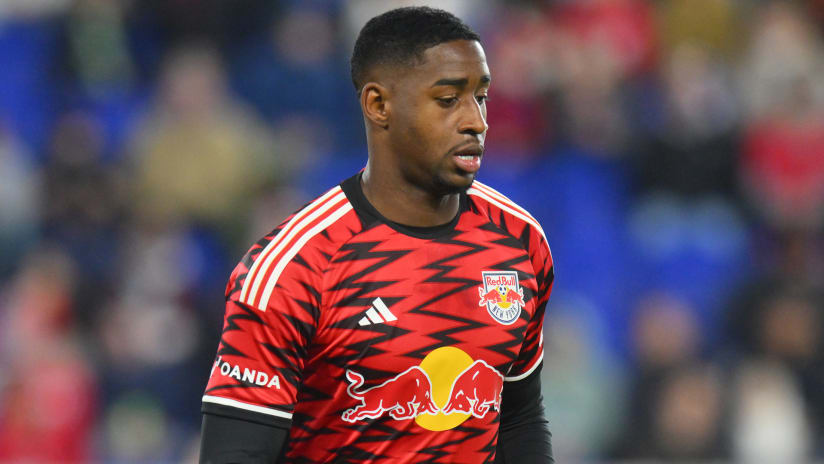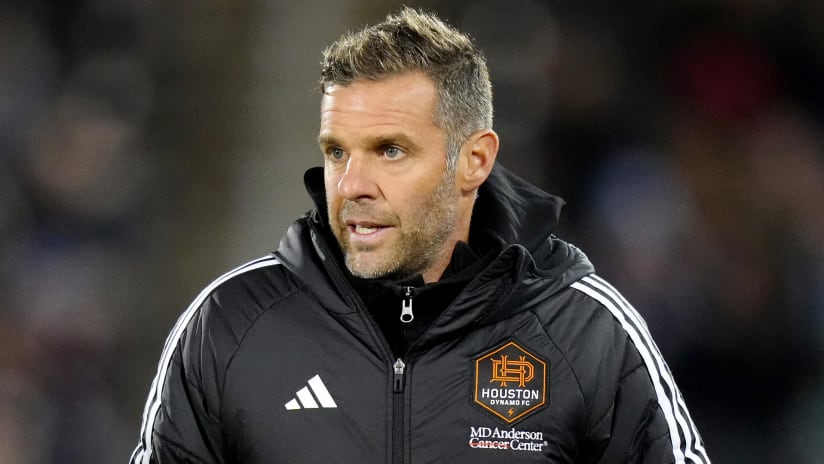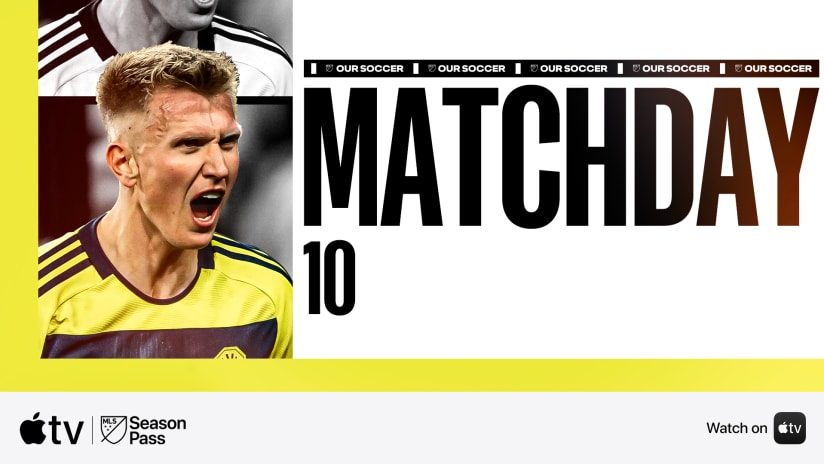The completion of a pass has a strong argument for being the most integral part of team success. No matter a team's style – route one at one extreme, tiki-taka at the other – completing your attempted passes at a high rate generally means that your team is successful in what it is trying to accomplish. By extension, analysts and fans alike have begun to look at player-specific pass completion rates as a decent proxy for player skill.
However, in previous articles, I have cautioned against this approach. Not all passes are made the same. Players that attempt easier passes will have artificially inflated pass completion ratings. Conversely, players that attempt more speculative passes will naturally have lower pass completion rates. Without controlling for the difficulty (or, which is significantly harder to model: the pass's importance), pass completion percentage is a flawed metric.
That's why defenders dominate the pass completion percentage board. Even against high-pressure teams such as Sporting KC, defenders almost universally get more time on the ball and more lanes to pick their passes than midfielders and forwards, who are more often tasked with providing higher-risk service.
In other words, nobody goes into a game against Real Salt Lake saying, "We've got to shut down Nat Borchers," the league's current leader in pass completion percentage.
READ: Central Winger archive
So it's a simple truth that not all completed passes – even when controlling for difficulty – are made the same. Since we measure an attempted pass as complete or incomplete, we fail to recognize the gradient in between.
A "hospital ball" – a weak pass which often results in your player being clattered by an onrushing opponent – is rewarded exactly the same as a beautiful through ball that a midfielder can receive in stride. While both of these passes are marked "complete," one is obviously detrimental to your team's cause, and the other is obviously the type of pass that often leads to a chance being generated – or at least an extended period of possession, which is a good thing.
Thus, in this article, we will look at the pass completion rates of second passes. For example, if Borchers completes 10 passes, and seven of those passes result in a subsequent completed pass by one of his teammates, we will grade Borchers with a 70-percent completion rate. This secondary pass completion rate will hopefully help better understand the quality of the passes that each player is completing.
Name |
Secondary rate* |
Matt Besler |
0.856 |
Nat Borchers |
0.852 |
Aurélien Collin |
0.850 |
Drew Moor |
0.849 |
Luis Zapata |
0.848 |
Corey Ashe |
0.848 |
Davy Arnaud |
0.844 |
Kyle Beckerman |
0.841 |
Roy Miller |
0.841 |
Brad Davis |
0.841 |
*For players having completed more than 500 passes this season
As expected, it's a defender-heavy list, dominated by guys like Borchers, Matt Besler and Roy Miller – players who play on the backline for possession-oriented teams. The presence of Drew Moor and Luis Zapata, two Colorado Rapids defenders, also speaks to Oscar Pareja's ongoing stylistic overhaul.
But there are two outliers in Montreal's Davy Arnaud and Houston's Brad Davis. Arnaud has been used primarily as a winger this season in Jesse Marsch's 4-2-3-1 (he's also filled in at right back when needed), while Davis has moved from the left flank of Houston's old 4-4-2 into central midfield of the new 4-3-3. Both are, more or less, "attackers," guys who spend the bulk of their time initiating the offense, making riskier passes than the rest of the players on the list.
READ: OPTA Spotlight archive
Perhaps it speaks to a veteran savvy, as well as their obvious individual quality. In Davis' case, he's also had the opportunity to put all his skills on display in the new formation as the Dynamo have become one of the league's preeminent possession sides. For Arnaud, he is the master of making a lateral pass then moving into position to receive the return ball, which goes a long way toward explaining his success in combination play – as does Montreal's central midfield trio of Patrice Bernier, Collen Warner and Felipe.
Of course, the secondary passing completion rate isn't the be-all, end-all – you have to be able to complete the first pass as well. By multiplying each player's pass completion rate by their secondary pass completion rate, we get the likelihood of each player's pass resulting in a second completed pass, and thus, a "sustained possession." Here are the leaders:
Name |
Total rate* |
Nat Borchers |
0.851 |
Matt Besler |
0.846 |
Corey Ashe |
0.844 |
Luis Zapata |
0.842 |
Drew Moor |
0.841 |
Aurélien Collin |
0.840 |
Oswaldo Minda |
0.840 |
Kyle Beckerman |
0.837 |
Chris Wingert |
0.837 |
Roy Miller |
0.837 |
*For players having completed more than 500 passes this season
Now we're strictly down to defenders and defensive midfielders as Arnaud and Davis have dropped off the list. A third RSL player climbs into the top 10, as does Chivas USA and Ecuador midfielder Oswaldo Minda.
Does it mean that these are the 10 best passers in the league?
Simply put: no. These metrics are works in progress, and certainly far from perfect. But I believe looking at pass completion rates in this kind of context is considerably more useful than our current alternatives.





